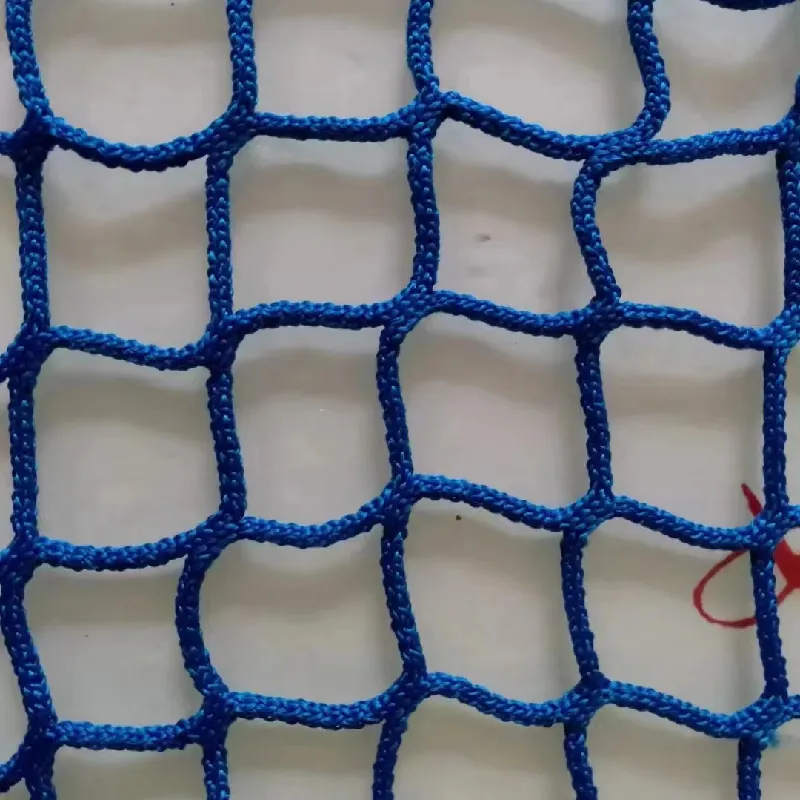-
 Afrikaans
Afrikaans -
 Albanian
Albanian -
 Amharic
Amharic -
 Arabic
Arabic -
 Armenian
Armenian -
 Azerbaijani
Azerbaijani -
 Basque
Basque -
 Belarusian
Belarusian -
 Bengali
Bengali -
 Bosnian
Bosnian -
 Bulgarian
Bulgarian -
 Catalan
Catalan -
 Cebuano
Cebuano -
 China
China -
 Corsican
Corsican -
 Croatian
Croatian -
 Czech
Czech -
 Danish
Danish -
 Dutch
Dutch -
 English
English -
 Esperanto
Esperanto -
 Estonian
Estonian -
 Finnish
Finnish -
 French
French -
 Frisian
Frisian -
 Galician
Galician -
 Georgian
Georgian -
 German
German -
 Greek
Greek -
 Gujarati
Gujarati -
 Haitian Creole
Haitian Creole -
 hausa
hausa -
 hawaiian
hawaiian -
 Hebrew
Hebrew -
 Hindi
Hindi -
 Miao
Miao -
 Hungarian
Hungarian -
 Icelandic
Icelandic -
 igbo
igbo -
 Indonesian
Indonesian -
 irish
irish -
 Italian
Italian -
 Japanese
Japanese -
 Javanese
Javanese -
 Kannada
Kannada -
 kazakh
kazakh -
 Khmer
Khmer -
 Rwandese
Rwandese -
 Korean
Korean -
 Kurdish
Kurdish -
 Kyrgyz
Kyrgyz -
 Lao
Lao -
 Latin
Latin -
 Latvian
Latvian -
 Lithuanian
Lithuanian -
 Luxembourgish
Luxembourgish -
 Macedonian
Macedonian -
 Malgashi
Malgashi -
 Malay
Malay -
 Malayalam
Malayalam -
 Maltese
Maltese -
 Maori
Maori -
 Marathi
Marathi -
 Mongolian
Mongolian -
 Myanmar
Myanmar -
 Nepali
Nepali -
 Norwegian
Norwegian -
 Norwegian
Norwegian -
 Occitan
Occitan -
 Pashto
Pashto -
 Persian
Persian -
 Polish
Polish -
 Portuguese
Portuguese -
 Punjabi
Punjabi -
 Romanian
Romanian -
 Russian
Russian -
 Samoan
Samoan -
 Scottish Gaelic
Scottish Gaelic -
 Serbian
Serbian -
 Sesotho
Sesotho -
 Shona
Shona -
 Sindhi
Sindhi -
 Sinhala
Sinhala -
 Slovak
Slovak -
 Slovenian
Slovenian -
 Somali
Somali -
 Spanish
Spanish -
 Sundanese
Sundanese -
 Swahili
Swahili -
 Swedish
Swedish -
 Tagalog
Tagalog -
 Tajik
Tajik -
 Tamil
Tamil -
 Tatar
Tatar -
 Telugu
Telugu -
 Thai
Thai -
 Turkish
Turkish -
 Turkmen
Turkmen -
 Ukrainian
Ukrainian -
 Urdu
Urdu -
 Uighur
Uighur -
 Uzbek
Uzbek -
 Vietnamese
Vietnamese -
 Welsh
Welsh -
 Bantu
Bantu -
 Yiddish
Yiddish -
 Yoruba
Yoruba -
 Zulu
Zulu
Netted Steel - Innovative Steel Solutions for Construction and Industry
The Importance of Netted Steel in Modern Construction
Netted steel, a term that often resurfaces in discussions surrounding modern construction and engineering, is a versatile material that plays a pivotal role in enhancing structural integrity and safety. With the ever-evolving demands of the construction industry, netted steel has emerged as an indispensable component, specifically in reinforcing concrete and supporting various architectural designs.
To understand netted steel, it's essential to note that it typically comprises a series of interconnected steel wires that create a mesh-like structure. This mesh can be manufactured in various sizes and strengths, tailored to accommodate the specific needs of a project. The primary function of netted steel is to improve the tensile strength of concrete, which is inherently strong in compression but weak in tension. By integrating netted steel into concrete frameworks, engineers can create structures that are not only strong but also durable, capable of withstandin g various stresses and strains over time.
One of the significant advantages of using netted steel is its ability to reduce the likelihood of cracking in concrete structures
. When used in slabs, walls, or other elements, it helps distribute weight and stress evenly, mitigating the potential for localized failure points. This quality is particularly important in regions that are prone to seismic activity or extreme weather conditions, where the structural integrity of buildings is put to the test.netted steel

Moreover, netted steel is also favored for its cost-effectiveness. When compared to traditional reinforcing methods, such as the use of rebar, netted steel can be easier to install and require less labor, thus reducing overall project costs. Its lightweight nature allows for quicker handling and installation, which is crucial in time-sensitive construction projects. Additionally, various standards and industrial regulations now promote the use of netted steel, making it a standard choice for many builders and architects.
Another aspect worth noting is the environmental impact of using netted steel in construction. Steel is a recyclable material, and incorporating netted steel into building projects promotes sustainable practices. As the construction industry moves towards greener alternatives, utilizing recycled steel in netted forms can significantly reduce waste and the carbon footprint of new structures.
Furthermore, the aesthetic versatility offered by netted steel cannot be overlooked. Architects often incorporate this material into their designs not only for its structural benefits but also for its visual appeal. Exposed netted steel can add an industrial chic touch to modern buildings, making it a popular choice in contemporary architectural designs.
In conclusion, netted steel is much more than a construction material; it is a vital element that contributes to the safety, efficiency, and aesthetic value of modern structures. Its advantages in reinforcing concrete, cost-effectiveness, sustainable characteristics, and architectural flexibility make it a preferred choice among engineers and architects alike. As the construction industry continues to innovate and evolve, netted steel will undoubtedly remain a foundational component in the quest for durable and resilient buildings.
-
Shipping Plastic Bags for Every NeedNewsJul.24,2025
-
Safety Netting: Your Shield in ConstructionNewsJul.24,2025
-
Plastic Mesh Netting for Everyday UseNewsJul.24,2025
-
Nylon Netting for Every UseNewsJul.24,2025
-
Mesh Breeder Box for Fish TanksNewsJul.24,2025
-
Expanded Steel Mesh Offers Durable VersatilityNewsJul.24,2025











